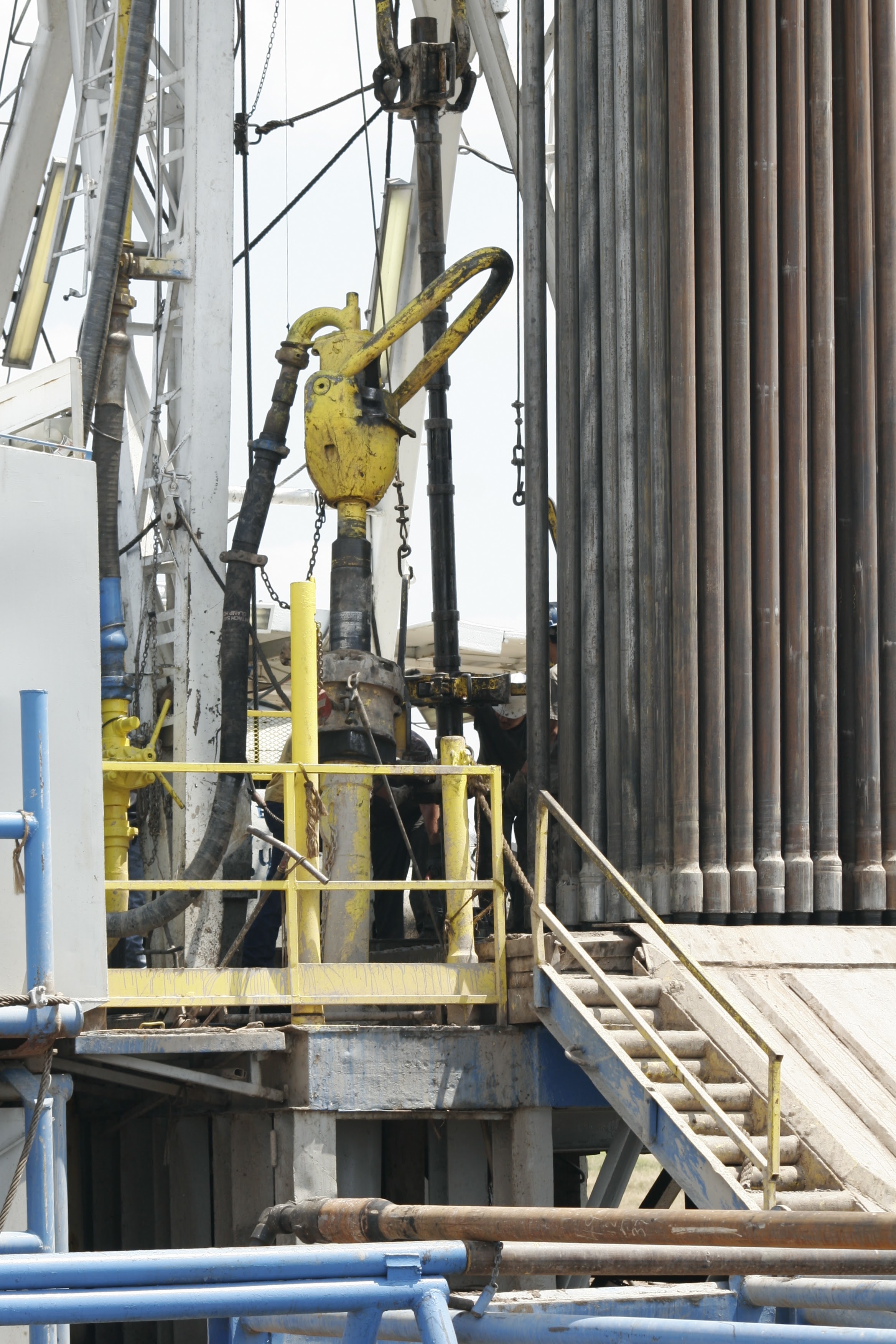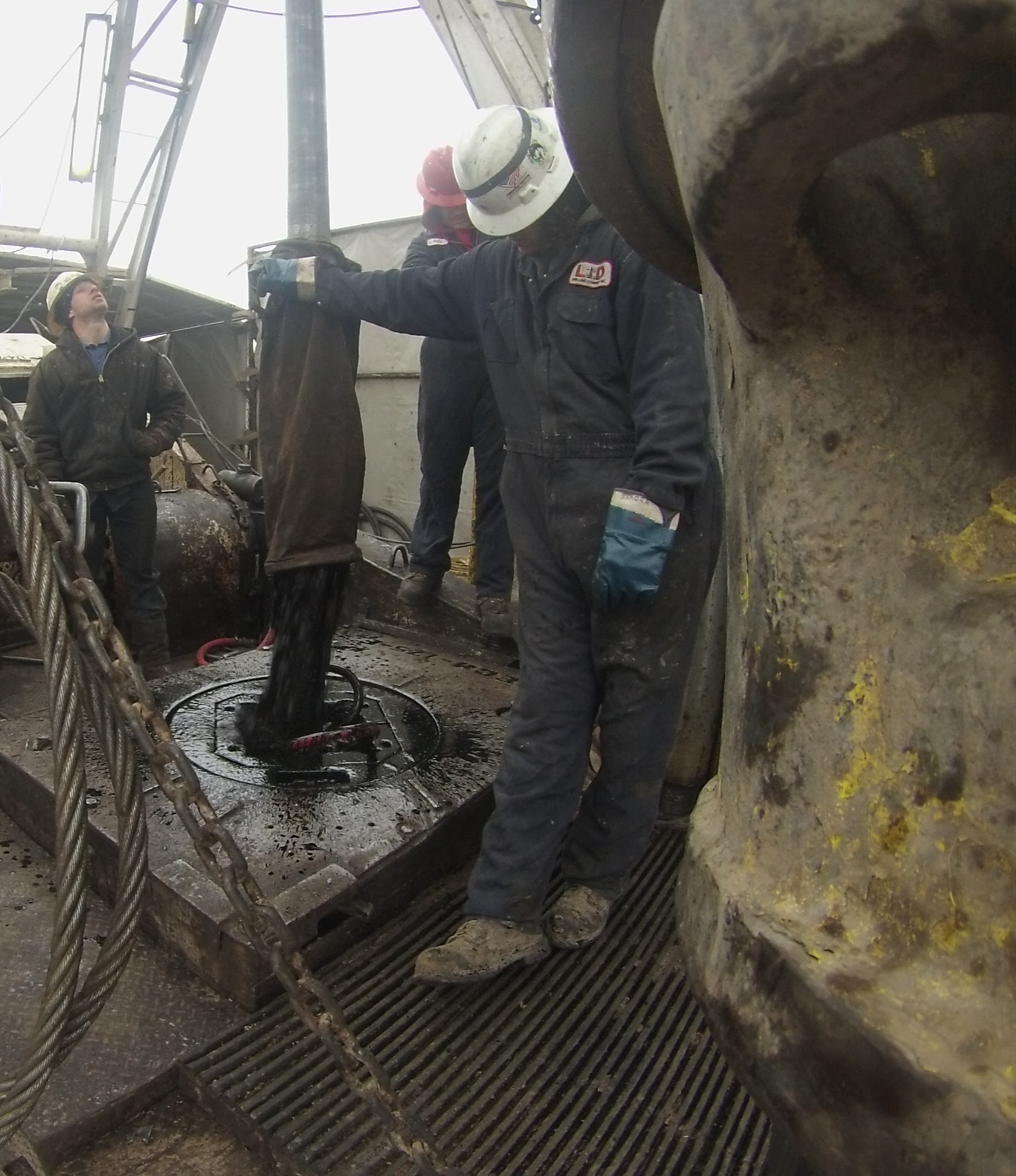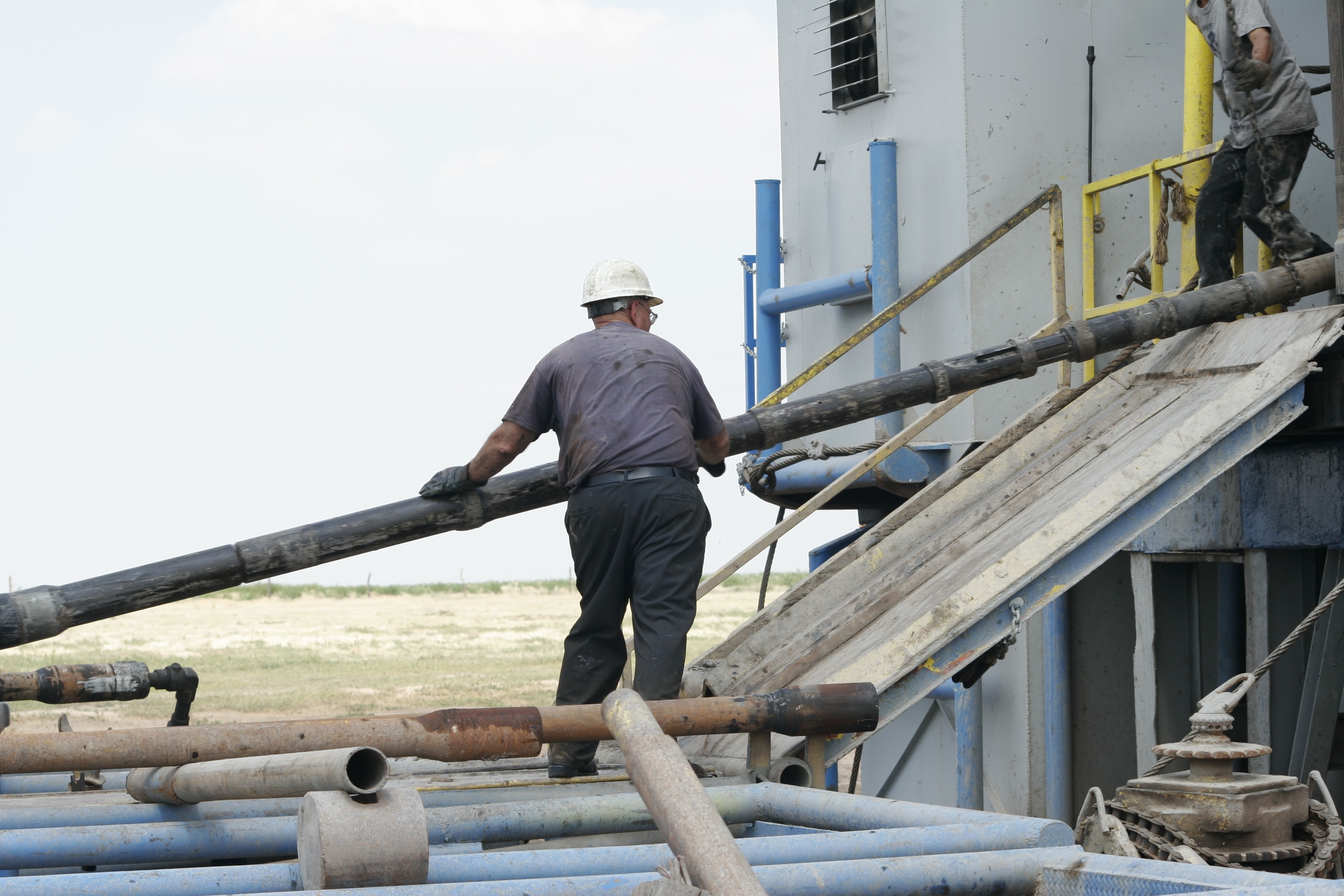Drill Stem Testing
 Diamond Testing utilizes a set of down-hole tools which attach to the drill pipe. These tools are designed to isolate drilling mud from the formational zone being tested, allowing a well to be tested through the drill pipe by letting the natural flow of fluid or gas from the rocks (zone) into the drill pipe. Fluid recovered within the drill pipe is recorded and measurements are taken of its various properties. Pressures from the zone are captured utilizing an electronic down-hole pressure gauge, allowing for the evaluation of the zone’s viability of productivity. Measurement of pressures are also recorded during open and closed stages of the test from surface instrumentation, providing feedback on the well’s natural flow potential and possible fluid composition. The information captured during the drill stem test is provided to the well operator for analysis via Diamond Testing’s innovative Producer’s Online Real-Time Analysis & Logging (P.O.R.T.A.L.) system.
Diamond Testing utilizes a set of down-hole tools which attach to the drill pipe. These tools are designed to isolate drilling mud from the formational zone being tested, allowing a well to be tested through the drill pipe by letting the natural flow of fluid or gas from the rocks (zone) into the drill pipe. Fluid recovered within the drill pipe is recorded and measurements are taken of its various properties. Pressures from the zone are captured utilizing an electronic down-hole pressure gauge, allowing for the evaluation of the zone’s viability of productivity. Measurement of pressures are also recorded during open and closed stages of the test from surface instrumentation, providing feedback on the well’s natural flow potential and possible fluid composition. The information captured during the drill stem test is provided to the well operator for analysis via Diamond Testing’s innovative Producer’s Online Real-Time Analysis & Logging (P.O.R.T.A.L.) system.
Diamond testing provides two types of testing. A conventional test, where the well is drilled to the desired depth of the formation to be tested and the zone is isolated from above (zone), and a straddle test where the well is drilled beyond the formation to be tested and isolated from above and below.
Break down of equipment used during test:
Conventional Test
-
2 electronic pressure/temperature recorders are provided. The primary recorder is located above the packers within the tool string and the secondary recorder is located within the perforations of the anchor.

Sterling Tools with hard bands to prevent slippage during makeup and breakdown of the tool as well as dual packer configuration for zone isolation.
- Centrifuge for accurate breakdown of the percentages of fluid captured during the test.
-
Hydrometers for the measurement of oil API gravity.
-
Natural gas detecting wand to accurately and safely identify gas in pipe.
-
RW meter for the resistivity measurement of the water captured during the test.
-
Chemical reaction test of the chloride content of the water captured during the test.
-
Surface instrumentation to measure pressure(s) during open and closed stages.
-
Surface equipment to measure the gas flow during openings. Gas samples are collected and sent for analysis.
-
3 copies of each test is mailed to the operator (more available upon request).
-
Access to all test data via website; Producer’s Online Real-Time Analysis and Logging (P.O.R.T.A.L.).

Straddle Test (in addition to conventional test offering)
- 1 XL Straddle packer (optional dual straddle packer configuration available).
-
Additional electronic pressure recorder in the tailpipe.
